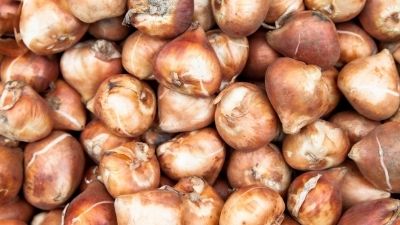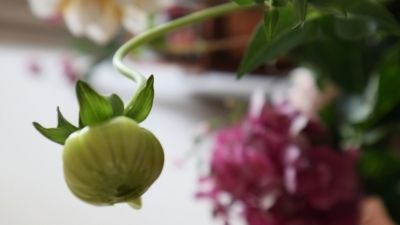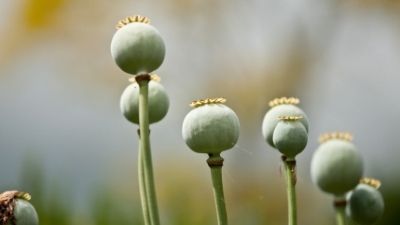Bulbs - Their Short Colorful Life

Bulbs are prodigies, flowing early and brilliantly and then just hanging around looking green the rest of the year. Many people love the colors brought by spring bulbs, but have a lot of questions about caring for the foliage once the flowers are just a memory.
“I love spring-type bulbs because they are one of those low-maintenance plants, but there are a few things that must be done to help them stay healthy and maintain large beautiful blooms year after year,” says Jerry Goodspeed, Utah State University Extension horticulturist.
Since flowering bulbs are only active for a short time, it is especially important to provide them with nutrients and the essential care, he says. The green leaves are not as pretty as the flowers, but they are critical to the bulb’s flower and health for the coming year. The leaves generate the energy that is stored in the bulbs so they can survive throughout the year and have enough strength to bloom again.
If the leaves are cut back right after the flowers die, the plant does not get a chance to generate the energy needed to enlarge the bulb and prepare for another year, Goodspeed explains. Repeatedly removing the leaves too quickly will shorten the life of the bulb to only two to three years. Don't cut the foliage back until at least two-thirds of the leaves have died.
“If they are going to be moved, wait until the foliage has died back before digging them,” he says. “You may want to keep track of their colors if they are going to be moved. It can be hard to remember which color was where at that point since the blooms are long gone. One trick a friend taught me was to write the color in permanent marker on the leaves. Then, when it is time to dig the bulbs, simply read the leaves.”
Ideal conditions for bulb storage are a cool, dry, dark place, such as a room in the basement, Goodspeed says. They require little, if any, care while they are in storage. If the bulbs are going to be left in the same location from year to year, be certain to give them some fertilizer while the leaves are green. This helps them make and store energy for the coming year.
Have you ever wanted to know how to naturalize an area with bulbs?
Naturalizing is creating an area where the bulbs are planted in an informal, random pattern, he says. The bulbs planted in this area should increase from year to year. Locate a naturalized site in an area that can remain undisturbed while the bulbs are growing. It must also have good drainage. Wet, water-logged soil reduces bulb growth faster than anything.
“Plant the bulbs randomly. Be sure to stay away from rows and patterns,” Goodspeed suggests. Mother Nature is not known for symmetry when it comes to bulbs and flowers. It's fun to just throw them out into the area, then plant them where they landed. Large groups of similar colors can be planted, but be sure to use variety by mixing colors, sizes and spacing.
“The best bulbs for naturalizing are daffodils or narcissus, crocus, hyacinths, muscari (which can spread too much), and fritillaria. Some tulips can also be used, but many of the newer varieties are wimpy and die out after a few years of neglect.”
For more information, contact your local USU County Extension office.
Authors
Dennis Hinkamp
Related Research





